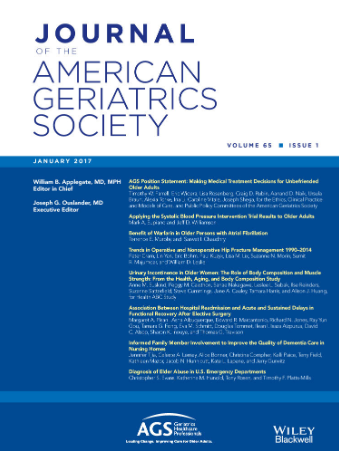A Proposed Universal “Home Time” Quality of Life Measure for Older Adults
Abstract
Background
Researchers and insurers use “home time,” or an individual's time at home compared to time in different health care settings, as a population-level quality of life (QoL) or quality of care measure. With varying definitions, it is unknown which components of a home time measure most closely reflect QoL. Our objective is to develop a person-centered universal home time measure agnostic to condition.
Methods
We used an iterative, structured approach based on Delphi methods to obtain expert input on what a measure should include, using qualitative and quantitative evidence from prior work. A total of 28 expert panelists, including Veterans Affairs (VA) leaders, clinician researchers, and non-clinician researchers, participated. In the first round, panelists voted on components (settings, weights, timeframes) to include in a home time measure. In the second round, panelists discussed results. The third round was final voting and explanations of choices and caveats.
Results
Qualitative and quantitative data suggested that emergency department, inpatient care, and post-acute care settings all affect older adults' QoL in different ways, supporting inclusion; 75% of the experts endorsed all settings, and discussion suggested that future work should limit ED days to visits resulting in an inpatient admission. Our data did not reveal a clear indication for weighting settings: 56% of the expert panel suggested continuing to explore the use of weights to arrive at values that would reflect qualitative differences in settings, and 44% did not support the use of any weights. Our 6-month models resulted in QoL outcomes for all settings, and 30% of experts endorsed a 6-month timeframe, while 65% said that timeframe would depend on the situation.
Conclusion
A “1.0” universal person-centered home time measure that reflects QoL should include days in the emergency department, inpatient care, and post-acute care. Expert input revealed domains of agreement and disagreement. Future validation efforts that incorporate expert input are needed to iterate and arrive at the optimal measure.




 求助内容:
求助内容: 应助结果提醒方式:
应助结果提醒方式:


